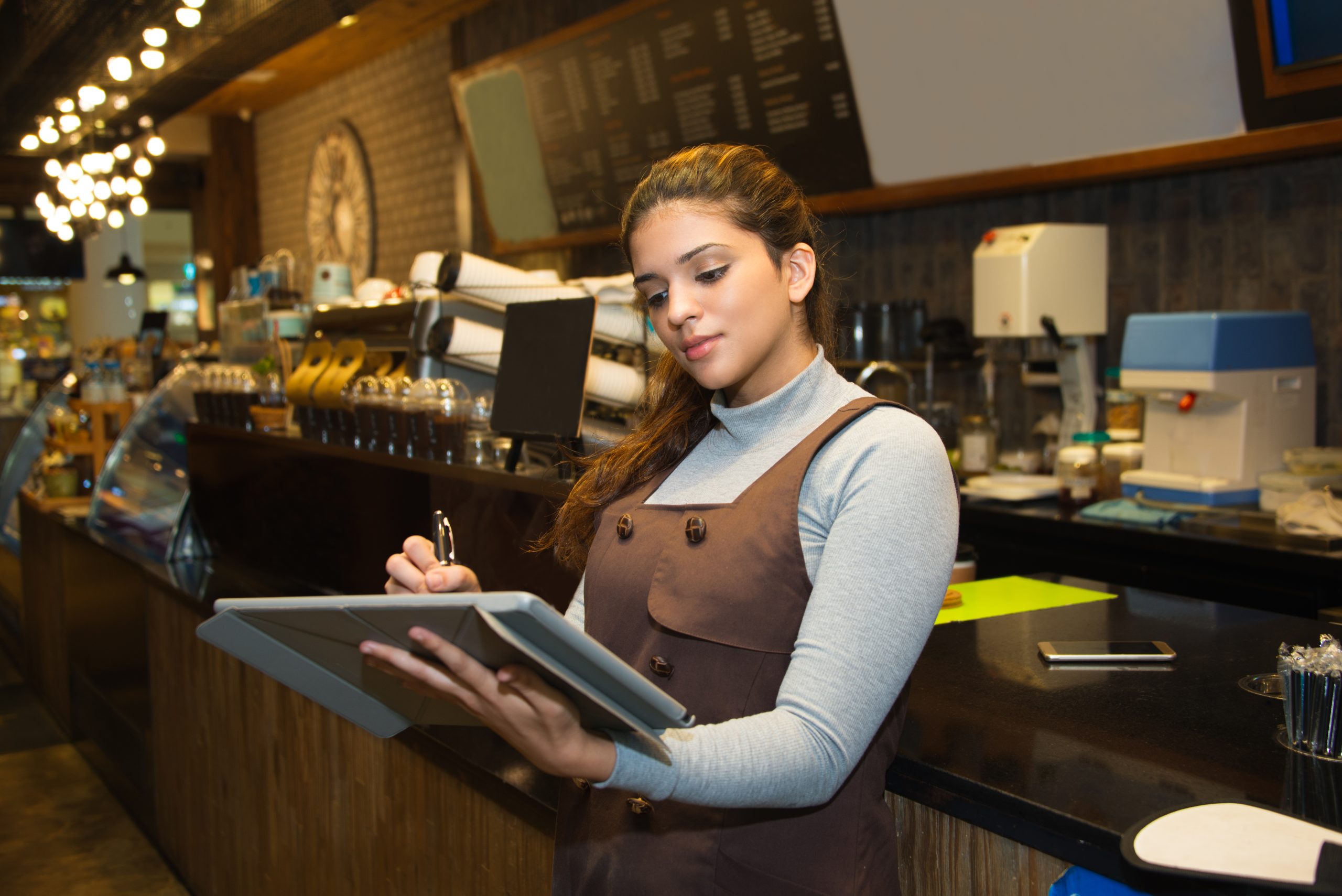Best Key Performance Indicators for Restaurants Success

In the competitive world of the restaurant industry, success isn’t solely about the quality of the food. It’s about efficiently managing your restaurant, understanding your customers, and making data-driven decisions. This is where Key Performance Indicators (KPIs) come into play. KPIs are essential metrics that help restaurant owners and managers track and evaluate their performance. In this article, we’ll explore the best KPIs for restaurants, how to use them effectively, and how they can contribute to your restaurant’s growth and profitability.
1. Gross Profit Margin
The Gross Profit Margin is a fundamental KPI for restaurants. It represents the percentage of revenue that remains after subtracting the cost of goods sold (COGS). A healthy Gross Profit Margin indicates that you’re effectively managing food and beverage costs. Tracking this KPI over time can help identify cost fluctuations, enabling you to make timely adjustments.
2. Cost of Goods Sold (COGS) Percentage
The COGS Percentage measures the portion of your revenue that goes into purchasing the ingredients and materials needed for your menu items. A lower COGS Percentage means you’re managing costs efficiently. This KPI helps you assess the profitability of each menu item and make pricing adjustments if necessary.
3. Average Check Size
The Average Check Size is the average amount a customer spends during a visit. Calculated by dividing total sales by the number of customers, this KPI provides insights into customer spending habits. By encouraging upselling or promoting higher-margin items, you can increase your restaurant’s revenue.
4. Table Turnover Rate
Table Turnover Rate measures how quickly you can seat and serve guests. A high turnover rate means you can serve more customers, increasing revenue. However, it’s essential to maintain a balance to ensure a pleasant dining experience. Use this KPI to optimize staff scheduling and table management.
5. Customer Retention Rate
Customer Retention Rate is the percentage of customers who return to your restaurant. A higher rate indicates customer satisfaction and loyalty. Understanding this KPI can guide your marketing efforts and improve customer service.
6. Reservation No-Show Rate
No-shows can affect your restaurant’s revenue and customer experience. The Reservation No-Show Rate measures the percentage of reservations that result in no-shows. Reducing this rate can increase table turnover and revenue. Implement confirmation calls or online reservation systems to minimize no-shows.
7. Inventory Turnover Ratio
The Inventory Turnover Ratio assesses how efficiently you manage your inventory. It measures how many times you sell and replace your inventory in a given period. A high ratio suggests good inventory management, reducing food waste and storage costs.
8. Labor Cost Percentage
Labor costs can significantly impact your restaurant’s profitability. The Labor Cost Percentage measures the portion of your revenue spent on labor. To calculate it, divide total labor costs by total revenue and multiply by 100. Strive to optimize staffing levels and schedules to maintain a healthy labor cost percentage.
9. Online and Social Media Engagement
In the digital age, online presence matters. Track your restaurant’s engagement on social media platforms, website visits, and online reviews. Positive reviews and active online engagement can boost your reputation and attract more customers.
10. Net Promoter Score (NPS)
NPS measures customer loyalty and satisfaction by asking one simple question: “On a scale of 0 to 10, how likely are you to recommend our restaurant to a friend or colleague?” Customers are categorized as promoters (score 9-10), passives (score 7-8), or detractors (score 0-6). Calculate the NPS by subtracting the percentage of detractors from the percentage of promoters. A high NPS indicates satisfied customers who can become advocates for your restaurant.
11. Marketing ROI
Marketing ROI measures the return on investment from your marketing campaigns. Calculate it by dividing the revenue generated from a campaign by the campaign’s cost. Understanding the ROI of different marketing strategies helps allocate your budget effectively.
12. Food and Beverage Cost per Guest
This KPI calculates the average cost of food and beverages per guest. It helps you assess menu pricing and cost control. Analyzing this data can lead to menu adjustments, ensuring profitability while meeting customer expectations.
13. Employee Satisfaction
Happy employees provide better service and enhance the customer experience. Regularly survey your staff to gauge their satisfaction levels. Address concerns promptly to improve employee retention and overall restaurant performance.
Conclusion
In the ever-evolving restaurant industry, staying competitive and profitable requires a data-driven approach. By closely monitoring these key performance indicators, you can make informed decisions, optimize operations, enhance customer satisfaction, and ultimately, achieve long-term success for your restaurant. Remember, the right KPIs can be the secret ingredient to culinary triumph in a competitive market.


 Cafe & BakeryPopular
Cafe & BakeryPopular Food Truck
Food Truck Quick Service
Quick Service Fine Dining
Fine Dining Hotel Restaurant
Hotel Restaurant Pizzeria
Pizzeria























































